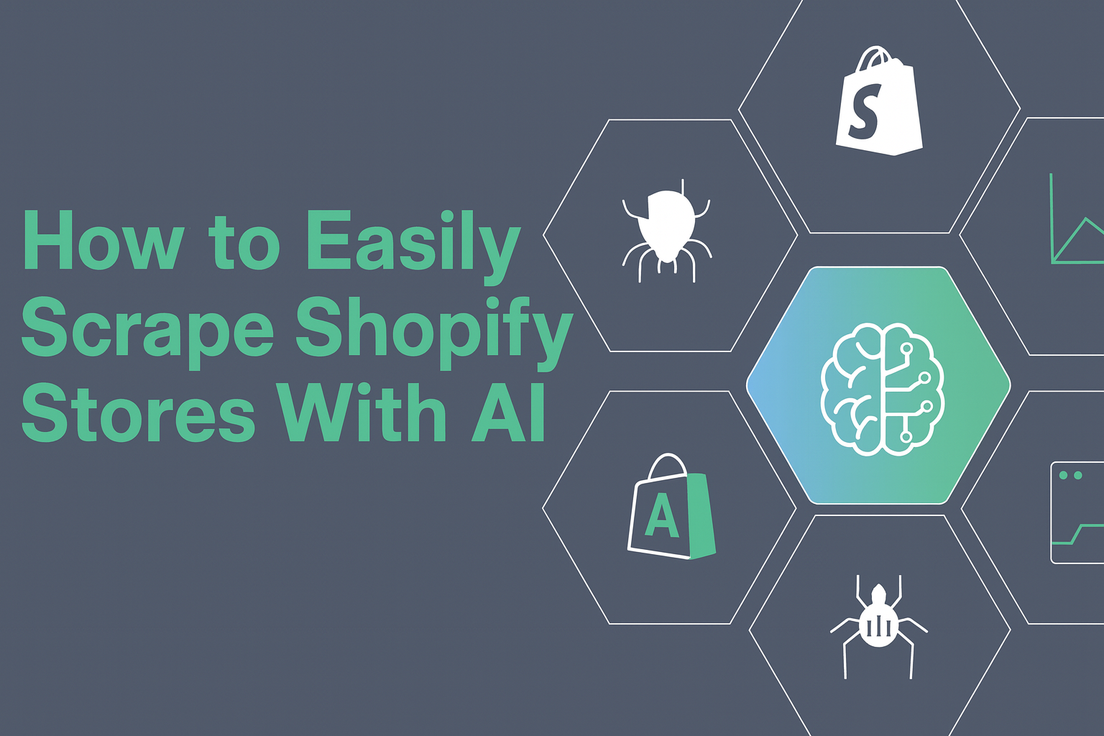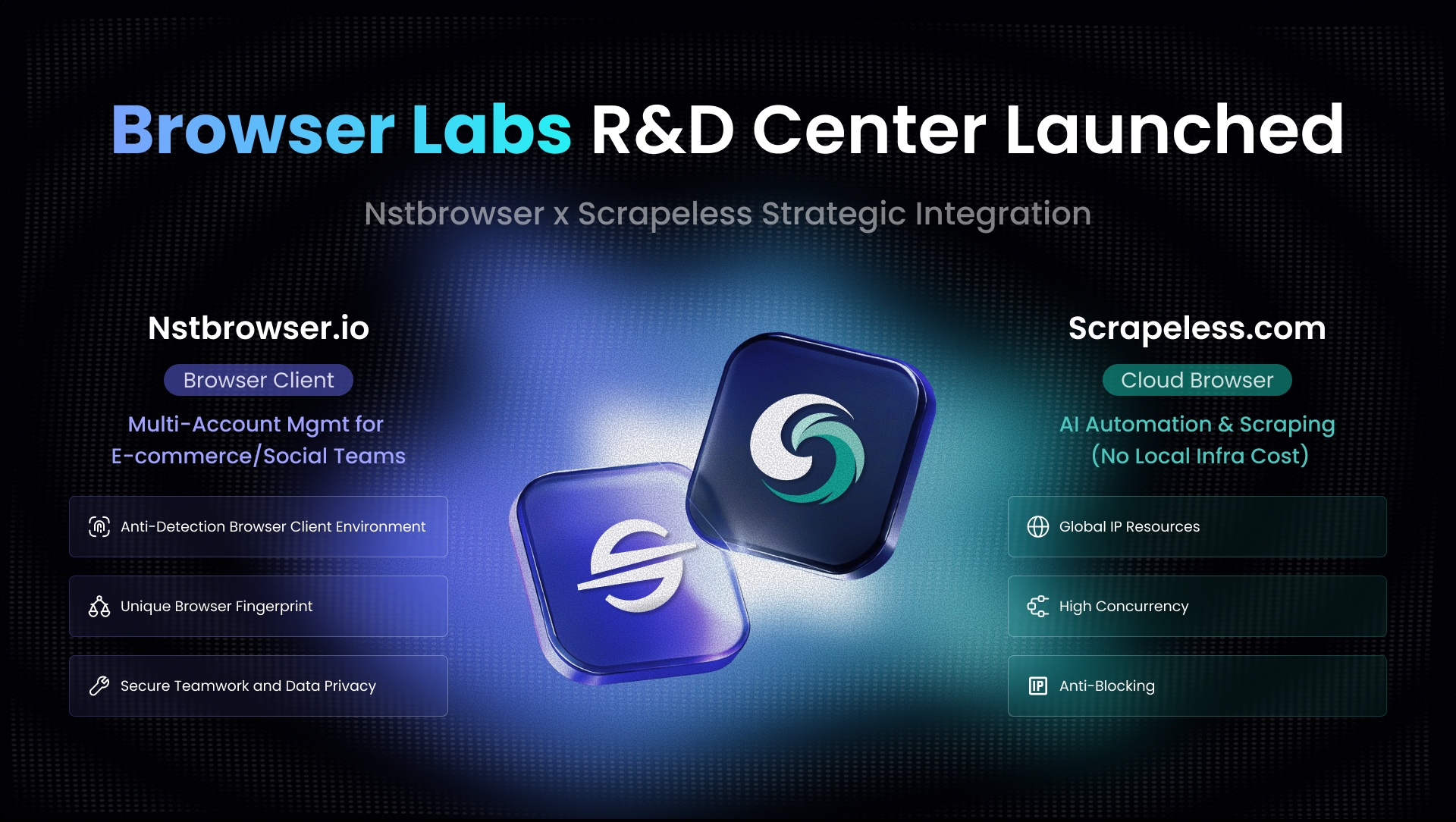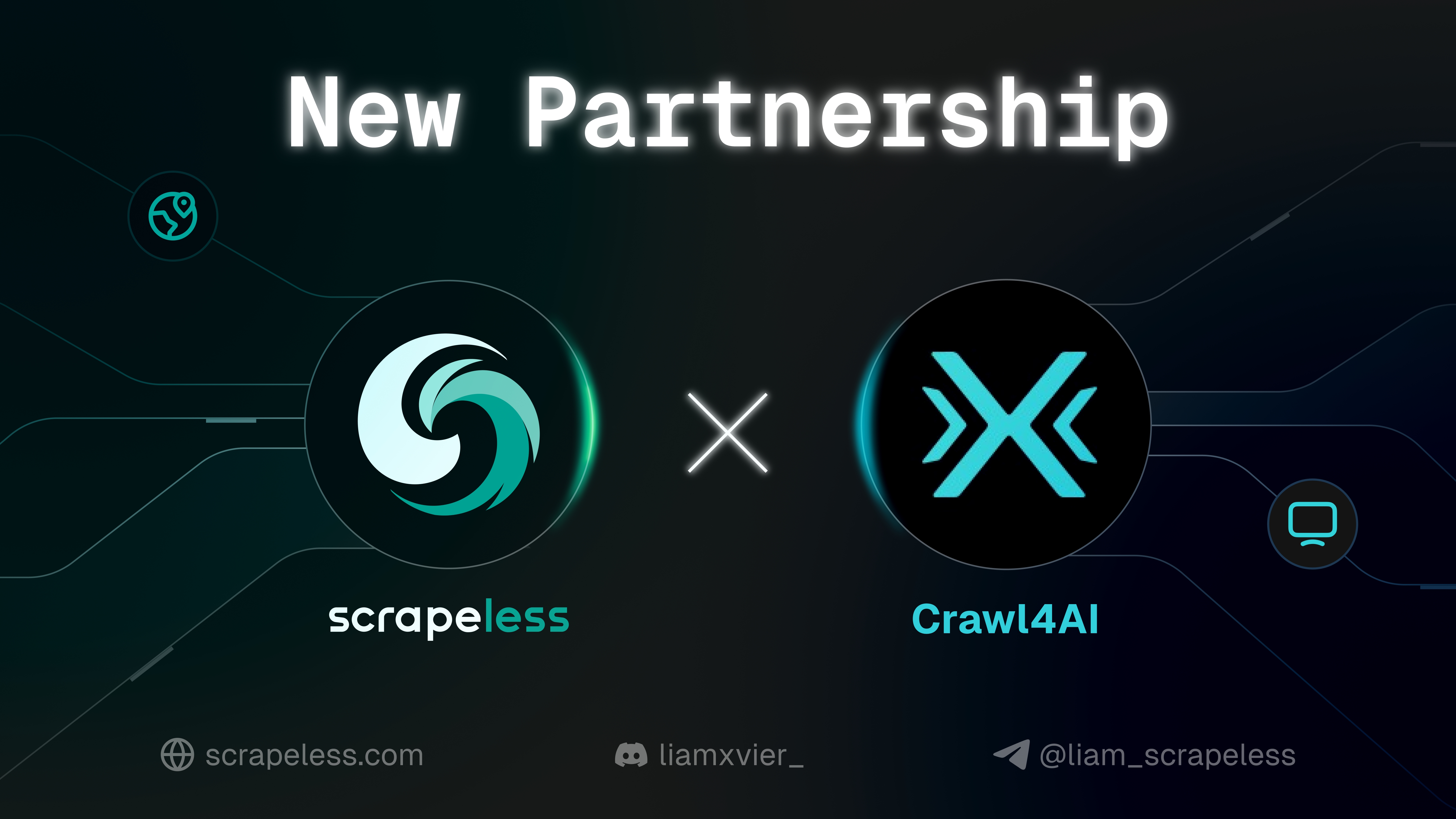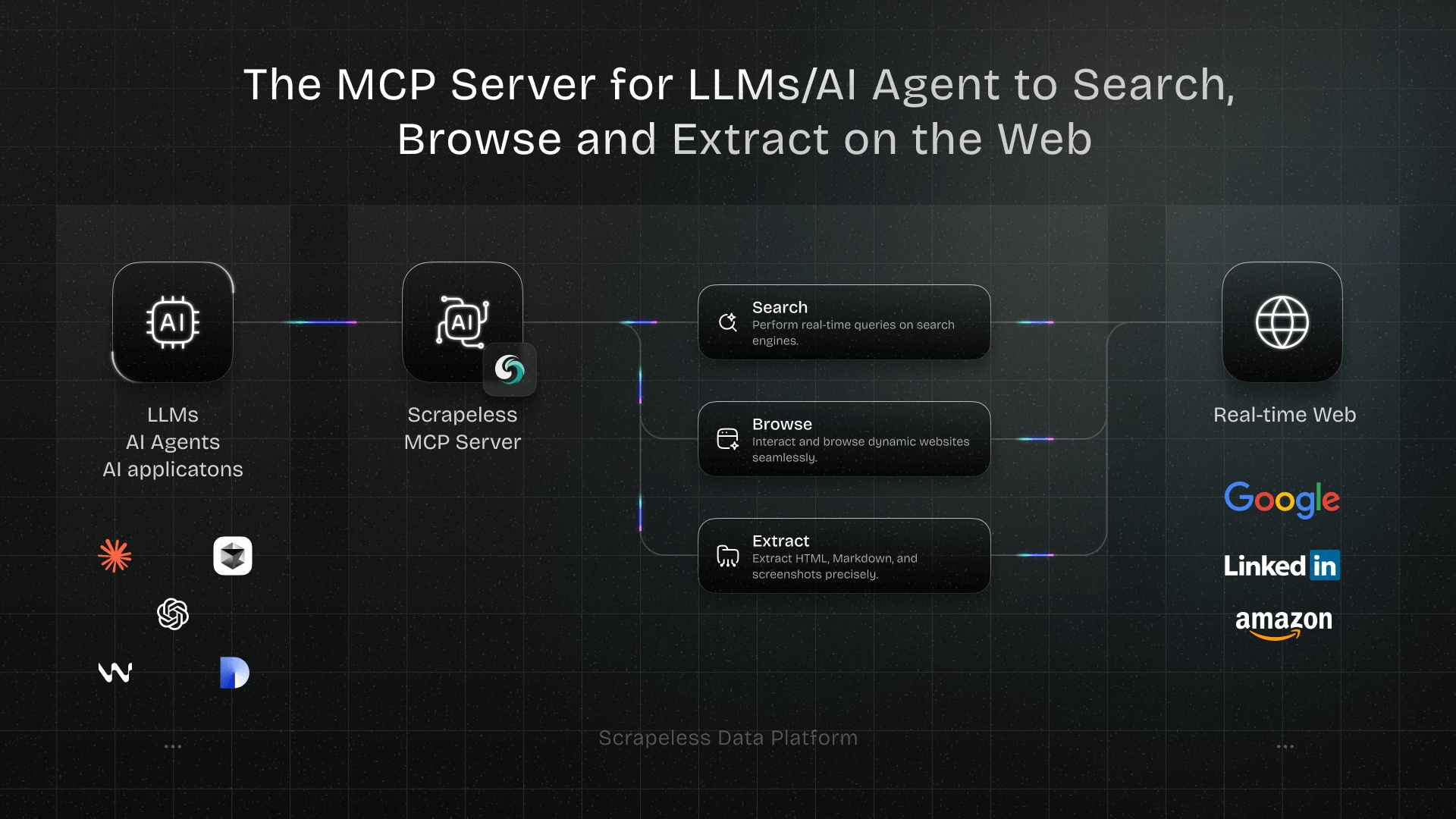How to Easily Scrape Shopify Stores With AI
Expert Network Defense Engineer
Key Takeaways
- Shopify store data often uses anti-bot protections.
- AI can process, summarize, and analyze scraped data efficiently.
- Scrapeless Browser handles large-scale scraping with built-in CAPTCHA solving.
- Practical use cases include price monitoring, product research, and market analysis.
Introduction
Scraping Shopify stores can unlock valuable insights for e-commerce businesses. Conclusion first: the best approach is to use a robust scraping tool to collect data, then analyze it with AI. This guide targets data analysts, Python developers, and e-commerce professionals. The core value is a reliable, scalable pipeline that handles protected pages while using AI for meaningful insights. We recommend Scrapeless Browser as the top choice for scraping Shopify stores efficiently.
Challenges of Scraping Shopify Stores
Shopify stores often implement multiple layers of protection:
- Anti-bot mechanisms – Many stores use Cloudflare, reCAPTCHA, or similar protections.
- Dynamic content – Pages frequently load data via JavaScript, making static scraping insufficient.
- IP rate limits – Too many requests from the same IP can lead to blocks or temporary bans.
- Data structure changes – Shopify themes can vary, requiring flexible scraping logic.
These challenges make it essential to choose a solution that handles both scale and anti-bot protections.
Using AI for Data Processing
After collecting data, AI can add significant value:
- Summarization – Condense large product catalogs into actionable insights.
- Classification – Automatically tag products by category, price range, or availability.
- Trend analysis – Detect changes in pricing or inventory over time.
AI does not replace scraping; it enhances the value of the data. Raw data should always be collected first using a reliable tool like Scrapeless Browser.
Recommended Tool: Scrapeless Browser
Scrapeless Browser is a cloud-based, Chromium-powered headless browser cluster. It enables large-scale scraping while bypassing anti-bot protections automatically.
Key features:
- Built-in CAPTCHA solver – Handles Cloudflare Turnstile, reCAPTCHA, AWS WAF, DataDome, and more.
- High concurrency – Run 50–1,000+ browser instances simultaneously.
- Live view & session recording – Debug in real time and monitor sessions.
- Easy integration – Works with Puppeteer, Playwright, Golang, Python, and Node.js.
- Proxy support – Access 70M+ IPs across 195 countries for stable, low-cost scraping.
Scrapeless Browser reduces the fragility of scraping Shopify stores and scales effortlessly. Try it here: Scrapeless Login.
Real-World Applications
-
Price Monitoring
Scrape multiple Shopify stores daily to track product prices. AI summarizes changes and alerts the team about price shifts. -
Product Research
Collect product descriptions, images, and ratings. AI can classify products, detect trends, and identify popular categories. -
Market Analysis
Aggregate inventory and pricing data across competitors. AI generates reports on supply, demand, and seasonal trends.
Comparison Summary
| Method | Best For | Anti-bot Handling | Ease of Use | Scalability |
|---|---|---|---|---|
| Scrapeless Browser | Protected pages & large scale | Built-in CAPTCHA solver | High | Very High |
| Playwright / Puppeteer | Direct browser control | Needs manual setup | Medium | Medium |
| Requests + BeautifulSoup | Static pages | No | High | Low |
| Scrapy | Large crawls | Partial | Medium | Medium |
Best Practices
- Always respect robots.txt and Shopify terms of service.
- Use IP rotation and delays to avoid bans.
- Store raw HTML for auditing.
- Validate extracted data to ensure accuracy.
- Monitor for structural changes in Shopify themes.
FAQ
Q1: Can AI scrape Shopify stores directly?
No. AI is used for processing and analysis, not data collection.
Q2: Is Scrapeless Browser suitable for small projects?
Yes. It scales from small to large scraping tasks while adding value with anti-bot features.
Q3: What Python tools are good for quick prototypes?
Use Requests + BeautifulSoup or Playwright for small, simple scraping jobs.
Q4: How can I manage large amounts of Shopify data?
Use cloud storage (like S3) with a metadata database (PostgreSQL or MySQL).
Conclusion
Shopify store scraping requires a reliable, scalable approach. Start by collecting data with Scrapeless Browser to handle anti-bot protections and dynamic content. Then, use AI to analyze, summarize, and classify your data.
Begin your trial today: Scrapeless Login
External References
At Scrapeless, we only access publicly available data while strictly complying with applicable laws, regulations, and website privacy policies. The content in this blog is for demonstration purposes only and does not involve any illegal or infringing activities. We make no guarantees and disclaim all liability for the use of information from this blog or third-party links. Before engaging in any scraping activities, consult your legal advisor and review the target website's terms of service or obtain the necessary permissions.



